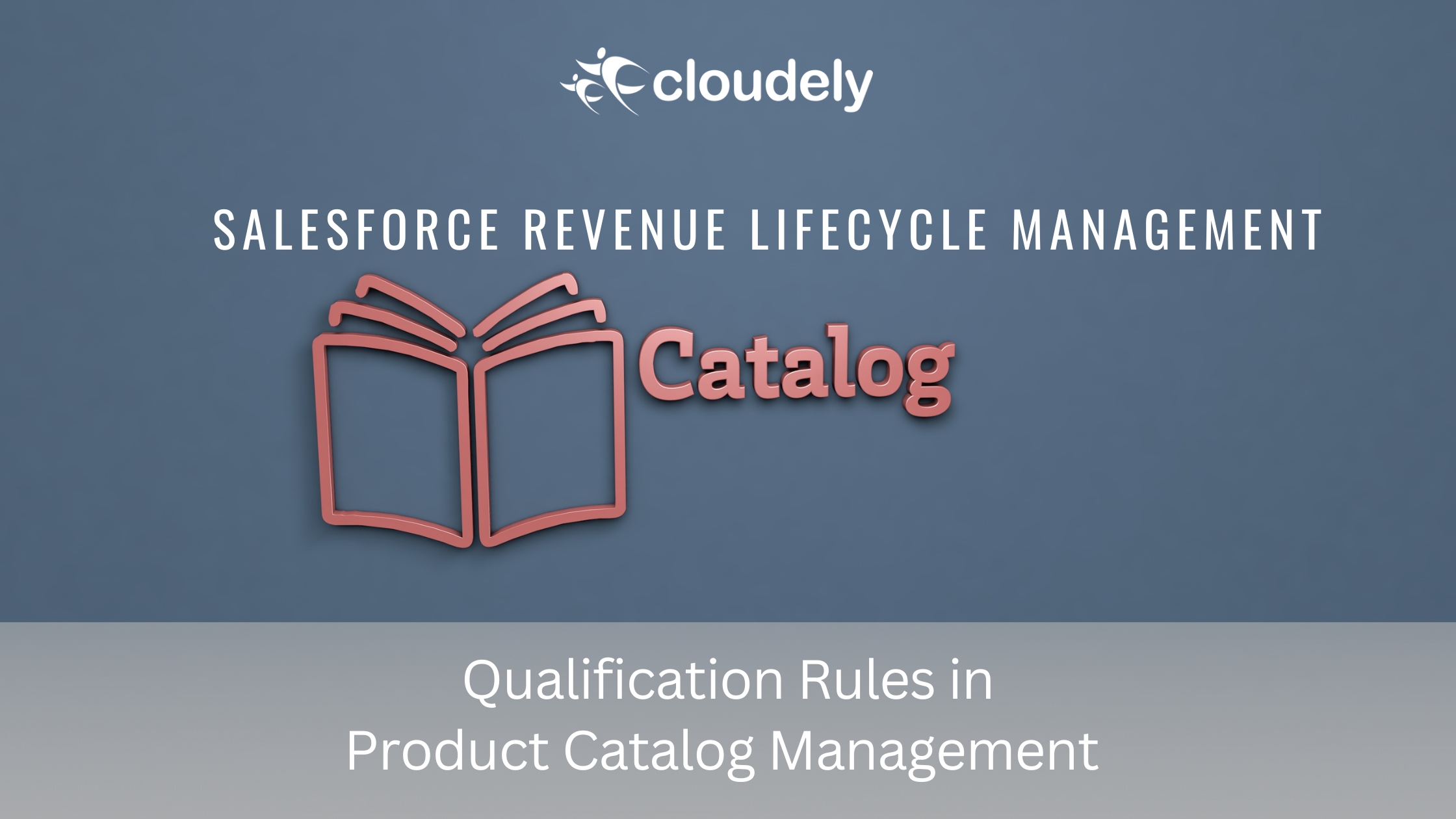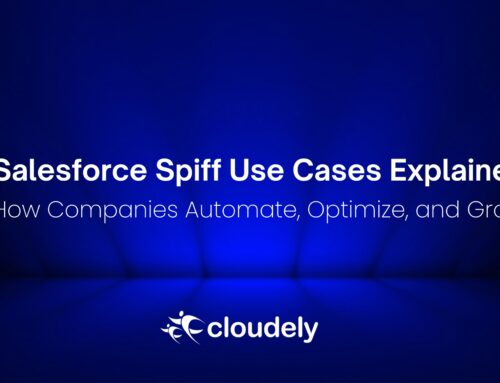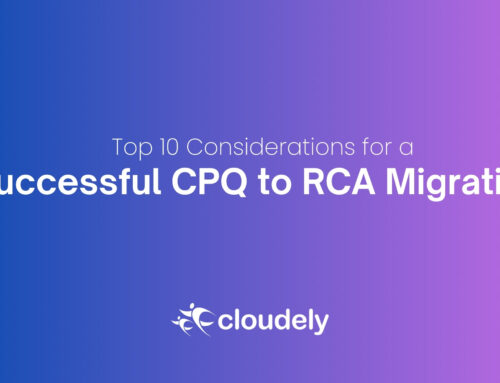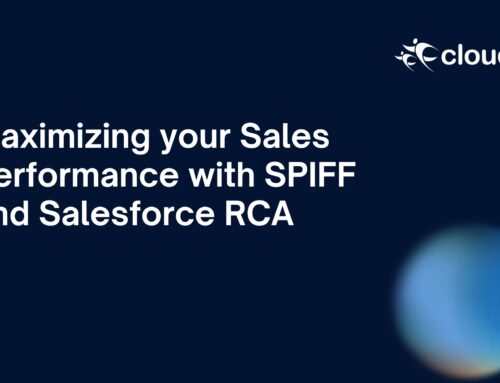Qualification rules define customer’s eligibility and inclusion conditions for products, or product categories. Criteria for the rules can be based on location, account attributes or any other related information.
In Product Catalog Management, Qualification rules are created to qualify or disqualify a product or a Product Category in one of these two ways:
Qualification Rules – A Product or Product category is matched with a specified qualification criteria in this type of rule. For example, a premium product is available for selection only to customer accounts in a particular state.
Disqualification Rule– A Product or Product category is matched with specified disqualification criteria. For example, a product belonging to a particular category is available to customer accounts in all states except a particular State. The product is disqualified when the customer account’s state belongs to an exception.
Create Qualification Rules on objects to hold the criteria as columns. Each record is viewed as one rule. In Product Catalog Management, Product and Product category qualification rules are defined using the below mentioned standard objects, and custom objects can be used to define rules
- Product Qualification: Product of type FOREIGN KEY(Product2) and IsQualified of type BOOLEAN.
- Product Disqualification: Product of type FOREGINKEY(Product2) and IsQualified of type BOOLEAN.
- Product Category Qualification: Category of type FOREGINKEY(Category) and IsQualified of type BOOLEAN.
- Product Category Disqualification: Category of type FOREIGN KEY(Category) and IsDisqualified of type BOOLEAN.
Product category qualification can be defined if the same criteria apply to a product category.
If a product category is qualified based on a qualification criteria, the user sees the products within the qualified category. Qualification rule users must manage the sequence in which product category and product qualification rules are invoked.
If a product category is disqualified then the product category is not visible to customers and all the products in the product category also remain disqualified. In Product Catalog Management there are no validations to verify criteria conflicts between category qualification rules and the product qualification rules.
Qualification Rules Key terms
Let us understand some key terms we come across while using Qualification Rules in Product Catalog Management.
Object: The source object on which the rules are defined. The columns or fields of this object act as the conditions for the rules and each row in the object follows a rule.
Decision Tables: These are advanced lookup tables and provide multiple matching outcomes for the same set of inputs. Decision tables can read rules from sObjects and can support different operators for each field in the object.
Create a Decision table for each object related to the rules to create a faster lookup to these objects. ProductQualification and ProductDisqualification objects are used for Product and ProductCategoryQualification and ProductCategoryDisqualification objects for Product Category. Mandatory fields are used to populate the rule criteria and to create decision tables. These mandatory fields are used in the Qualification Rule Procedure. Based on the type of Qualification Rule, required mandatory fields are:
- Product Qualification: Product of type FOREIGN KEY(Product2) and IsQualified of type BOOLEAN.
- Product Disqualification: Product of type FOREGINKEY(Product2) and IsQualified of type BOOLEAN.
- Product Category Qualification: Category of type FOREGINKEY(Category) and IsQualified of type BOOLEAN.
- Product Category Disqualification: Category of type FOREIGN KEY(Category) and IsDisqualified of type BOOLEAN.
Qualification Procedures
Sales Channels use qualification rule procedures to invoke qualification rules from selling processes. Revenue Lifecycle Management integrates qualification rule procedures for products with Product Discovery
Qualification Procedure
A qualification rule procedure is a series of steps connected in a logical flow built with qualification procedure elements. Every element added to an expression set forms a logical step that’s run sequentially. Rules defined in the decision table are evaluated by every step in the Qualification Rule Procedure. A list of products or a list of product categories are accepted as inputs by the Qualification rules Procedure. The procedure executes every step and evaluates the product or product category qualification by looking up the decision tables. The qualification rule procedure returns a list of qualified and disqualified products or product categories
Context Definition
A Context definition should be defined for Qualification rule procedures. Context definition allows you to pass a product or product category list to the Qualification Procedure. The qualification procedure then evaluates the qualification of products or product categories and returns the qualification or disqualification results back to the context definition. Custom context definitions can be created. Refer to the following table for more details.
Usage Type
Usage Type is used for determining if a qualification rule applies to a product or a product category. There are two usage types in Product Catalog Management:
- Product Qualification: Used when creating a decision table for a product.
- Product Category Qualification: Used when creating a decision table for a product category
Qualification rule procedures related to a Qualification rule also need usage types. A qualification rule procedure created to evaluate product category qualification should be defined using the Product Category Qualification usage type. A qualification rule procedure created to evaluate product qualification should be defined using the Product Qualification usage type.
The table lists the mandatory nodes and attributes required when creating a context definition.
Note: Context definition attributes of the data type picklist do not support Qualification rule procedures.
Qualification Procedure
Elements are the building blocks of expression sets. Product Catalog Management supports two elements:
1. EvaluateQualification: Rules of type qualification are evaluated by looking up the decision tables based on objects that store qualification rules.
2. EvaluateDisqualification: Rules of type disqualification are evaluated by looking up the decision tables based on objects that store disqualification rules.
Example:
Create an object called Loan Offer Qualification that stores the qualification rule. Based on the rules to be defined on Loan Offer Qualification objects, create a decision table called Loan Offer Qualification DT. Similarly, create an object for storing disqualification rules called Savings Offers Disqualification. Based on the rules to be defined on the Savings Offers Disqualification object, create a decision table called Savings Offers Disqualification DT. The Loan Offer Qualification DT should be used by the evaluateQualification element. The Savings Offers Disqualification DT should be used by the EvaluateDisqualification element. Mismatching these elements results in errors.
- Qualification rule procedure can be configured by using either or both elements depending upon the type of decision table that you need to look up.
- Only use the elements supported by Product Catalog Management as steps. If you use any other element as a step, the step is ignored.
Note: Context definition attributes of the data type picklist do not support Qualification rule procedures.
Mandatory Nodes and Attributes for context definition
Please find below the list of mandatory nodes and attributes required when creating a Context Definition:
| Type | Node Name | Attribute Name | Description |
| Product Category Qualification or Disqualification | Category | CategoryID | Is mapped to the Category field of the input parameter of the custom element in the procedure |
| IsCategoryQualified | Is mapped to the Qualified or Disqualified field of the output parameter of the custom element in the procedure. The product category is qualified when the value is True or Null, and disqualified when the value is false. The CategoryDisqualification Reason field populates the disqualification reason when this attribute is false. | ||
| CategoryDisqualificationReason | Is mapped to the Reason field of the output parameter of the custom element in the procedure | ||
| CurrentDate | Is mapped to the EffectiveFromDate and EffectiveToDate field of the input parameter of the custom element in the procedure. The CurrentDate attribute is of the format ‘YYYY-MM-DD’. | ||
| Product Qualification or Disqualification | CategoryProduct | ProductId | Is mapped to the Product field of the input parameter of the custom element in the procedure |
| RootProductId | Is mapped to the Root Product field of the input parameter of the custom element in the procedure | ||
| ParentProductId | Is mapped to the Parent Product field of the input parameter of the custom element in the procedure | ||
| IsQualified | Is mapped to the Qualified or Disqualified field of the output parameter of the custom element in the procedure. The product is qualified when the value is True or Null, and disqualified when the value is False. The Reason field stores the disqualification reason when this attribute is False. | ||
| Reason | Is mapped to the Reason field of the output parameter of the custom element in the procedure | ||
| CurrentDate | Is mapped to the EffectiveFromDate and EffectiveToDate field of the input parameter of the custom element in the procedure. The CurrentDate attribute is of the format ‘YYYY-MM-DD’. |
Note: Provide INPUT type mapping for all the nodes and attributes.
Get Started
Understanding Salesforce Revenue Lifecycle Management and setting up the right qualification rules in your Product Catalog helps ensure you’re offering the right products to the right customers, boosting your sales potential. This makes your sales process smoother and keeps your customers happy. Want to improve your Salesforce setup? Email us at salesforce@cloudely.com to get started!






